Best self-driving tech from the Geneva Motor Show

Self-driving cars were the talk of the Geneva Motor show. We take a look at how autonomous technology is changing the car industry.
In the competitive and hardy world of automobile retail, manufacturers are pulling out all the stops to get ahead of the competition, making faster, bigger, and badder cars to clinch your hard-earned cash. The two main arenas of competition are electric cars, which will take years to enter the commercial market in a seriously competitive way, and autonomous cars. These are much closer to becoming a reality, due to the inherent ‘cool’ factor and big companies like Google latching on to the possibilities, bringing more attention to self-driving cars.
Naysayers argue that autonomous vehicles take the fun out of driving and assume that we’re all beyond enjoying time in a vehicle, but there’s a difference between cruising the American freeway and sitting in traffic on your daily commute. Imagine if you could stop worrying about getting home, sit back and relax while your car drives you right to your house. Sure there are pros and cons of driverless cars, but either way, they’re steamrolling through your garage doors and into your lives.
Here’s a roundup of where we stand now with autonomous driving technology, with a sprinkling of what’s been happening at the Geneva Motor Show this week.
Check out our CES 2016 interview with Don Butler, Executive Director for Connected Vehicles and Services at Ford:
Nissan Qashqai
Whoever you are and whichever sector of the industry you’re in, chances are your next car will have some element of autonomy. Volvo has cyclist detection and ‘city stop’ technology – making sure you don’t crash into the car in front of you in traffic – and lane-correction tech is standard on many VW and Mercedes models. Even Goodyear has come up with tyres specially for autonomous driving, designed to give the car ‘fingertip sensitivity’.
Related: Apple Car
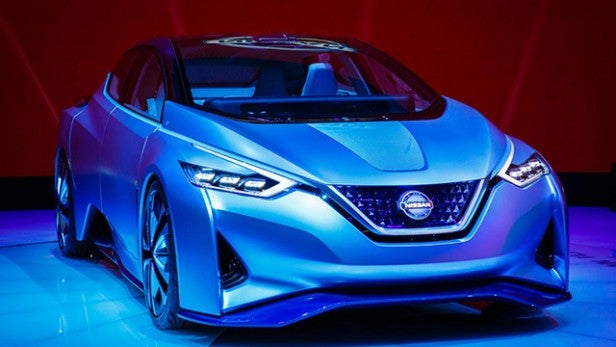 The Nissan IDS concept car
The Nissan IDS concept car
One of the more surprising reveals at Geneva was an autonomous system from Nissan. First unveiled at the Japan Motor Show late last year, the IDS concept car integrated AI with a host of safety features and driver alerts, allegedly able to correct human error.
At Geneva, the company announced that its piloted driving system would launch on the Qashqai in 2017, giving it the ability to manage single-lane motorway driving by itself, swiftly followed in 2020 by universal driving capabilities. They’re certainly not hanging around.
Mercedes E-Class
Mercedes was one of the first to adopt autonomous technology, and it’s still ahead of the field in terms of advancing and improving features. The forthcoming AMG SL65 gives you a little bleep when you stray out of your line on the highway, and screams a huge beep when you aren’t squeezing the brake as much as it would like.
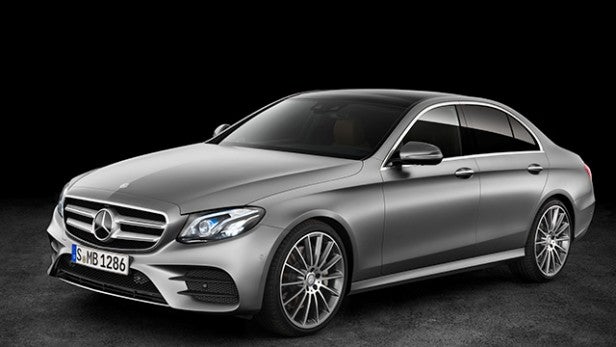
The new Mercedes E-Class, launched at Geneva, comes with the nifty Distronic Plus – Mercedes’ camera and radar-based cruise control system. In a nutshell, it can negotiate intersections, fight crosswinds, change lanes and brake for pedestrians, not all of which is allowed yet by UK legislation. Since these features are popping up more and more on prototypes and new models, that could be about to change.
Fold-away steering wheels
In many of the driverless cars that made their debut in Geneva, the steering wheel neatly folded away when the autopilot was engaged, and was replaced by a tablet screen. This screen can be used to check email, watch TV, and read books. Not only does it look incredibly snazzy, but it also makes the car look less like a car and more like a theme park ride over which you have no control. The whole face of driving is changing – for the better?
GM’s Supercruise
Flicking on the autopilot and settling in to this week’s episode of True Detective is all well and good, but you’re not getting off that lightly. Cameras are going to be mounted in some driverless vehicles which will periodically check in on your movement and make sure you’re paying attention.
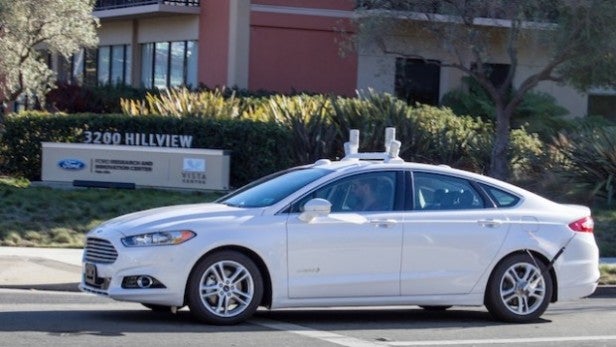 Ford and Google could be teaming up to build autonomous cars
Ford and Google could be teaming up to build autonomous cars
GM’s one of the manufacturers leading the charge on this front, addressing head-on complaints that driverless cars are unsafe. Their “Supercruise” feature, enabling hands-free and feet-free driving, will launch with their CT6 next year, as well as a nifty feature – DSRC – that creates a system of vehicle-to-vehicle communication. In theory, cars will stop themselves when they get too close together. No more harrassing the car in front for going too slowly.
AI assistance
What use is a driverless car if it can’t drive as well as, or even safer than, the human who bought the thing? Many manufacturers sold their driverless concepts on the principle that they are even more intelligent than humans at detecting changes in driving conditions, and respond to them quicker.
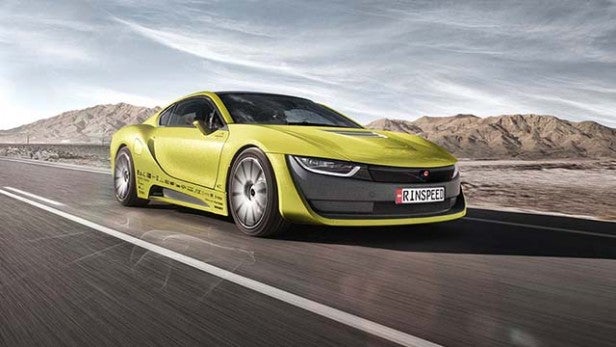 One of Swiss think tank Rinspeed’s concept cars
One of Swiss think tank Rinspeed’s concept cars
One such example comes from the Swiss think tank Rinspeed. Their prototype’s AI system, affectionately named “Budii”, learns constantly from its surroundings to continually improve its driving and make your daily commute even safer. Sounds great, right?
How safe are autonomous cars?
The question of how an autonomous car would react in an accident – save its driver / owner or the pedestrian or driver it’s about to hit – poses an ethical question for the self-driving cars of the near future.
Commentators challenge manufacturers on how they would prevent cars from killing their owners, while bosses of brands such as Ford and VW insist driverless cars would make our roads safer. VW go as far as saying that autonomous cars would save a million lives every year. The German manufacturer is looking to become the leader in both autonomous driving and eco-friendly vehicles, and anticipate driverless cars will be commonplace by 2025. Now there’s a thought.
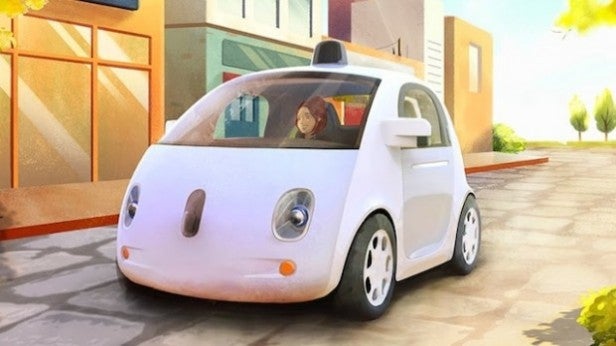 Google’s self-driving car recently had it’s first crash where the autonomous tech was to blame
Google’s self-driving car recently had it’s first crash where the autonomous tech was to blame
How close are we?
Autonomous driving has started small, with handy safety features being packed into the cars we already feel familiar with, such as the VW Golf and Mercedes E-Class. These features already give us a sense of the car being able to think for itself, thanks to a host of sensors, radars, and cameras.
Despite the hype from companies such as Google however, the general consensus is that it’s at least 15 years before cars become fully autonomous and can pick you up from home to go to work. While companies such as Nissan are steamrolling ahead and concept cars are giving us a vision of the future, the age of the self-driving car is certainly still a way off.
(apester:569795558089e8dd05d295f8)
Which self-driving car brand would you like to own? Let us know in the comments below.

